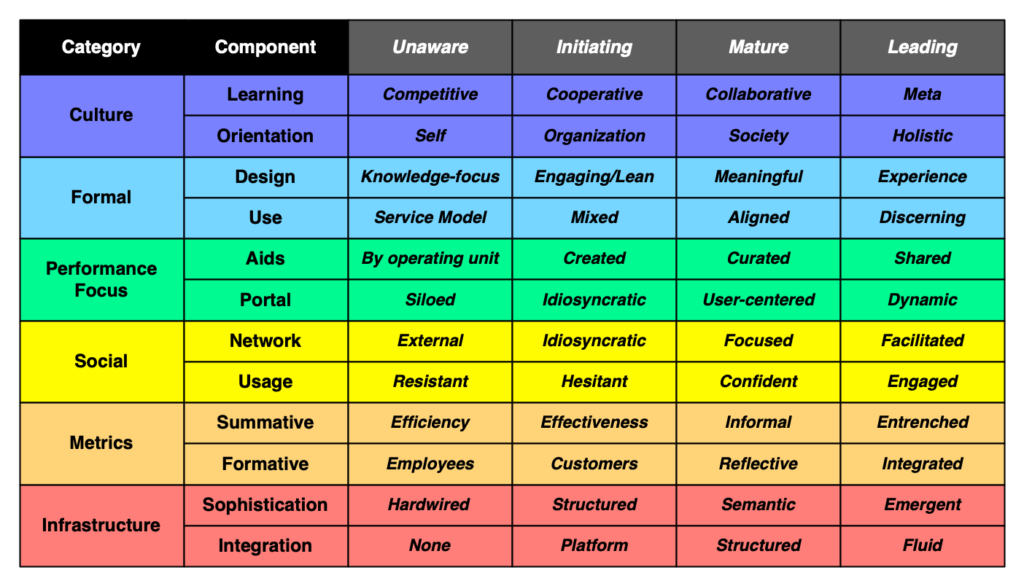This is the third of four posts about making learning meaningful. Here, I talk about the implications for some key learning elements.
And, as always, the text.
This is the third post about how to ‘make it meaningful‘. I talked about tricks and tips in the previous one, and here I want to talk about the implications for elements in creating experiences that matter. Here, I‘ll talk about Introductions, Examples, Practice, and Closings.
The introduction first, of course, hooks them in as we talked about in the first post. That might even happen before the learning experience introduction, though you will want to reiterate the WIIFM. I like to use what I call a ‘motivating‘ example, that shows the consequences from having (or not) the skill(s) addressed. It‘s not a reference example that shows the whole process, but instead just makes clear the outcomes of this in a way the learner ‘gets‘.
In addition to the cognitive necessity of reactivating relevant knowledge (which can be done in an engaging way), we want to also set appropriate expectations about the coming experience. A mismatch can undermine learner motivation. So, if there are things that they won‘t expect (unless that‘s deliberate), ensure that they have fair understandings.
We also want to ensure that they understand what the outcomes will be. This does not mean sharing our design objectives, but instead the objectives that they care about. Rewrite them as (again) the WIIFM that they‘ll get out of it. The point being that basically we‘re opening the emotional as well as the cognitive story.
Examples are modeling the application of the model (which I‘m not covering here) to a context. These are important to help the learner understand how the skill gets applied to particular situations. From a cognitive standpoint, there are a number of elements such as showing the thinking and covering an appropriate suite of contexts. From an engagement perspective, however, these should be engaging stories (see the previous post). There should be a challenge, and the struggle of solving, and finally an outcome (including bad ones).
The spread across contexts necessity plays out in practice, too. And, so too, does story. From an engagement perspective, as we discussed last week, we need appropriate challenge, and a settings that‘s both appealing to the learner and relevant to the goal. This is the biggest point at which creativity comes into play. Getting this right is key.
And, just as we opened the emotional experience with the introduction, we need to close it too. In addition to the usual ‘further directions‘ and re-contextualization of what they‘ve learned, we have some engagement aspects. We should acknowledge the learner‘s effort and accomplishments, and signify their transition to a new state of being. This could include connecting them to their new community of practice.
There‘s more, and this order is not the one you‘d use in design, but these are the critical elements. There‘re more details to this, of course And, if you‘re interested in the more, I‘ll encourage you to sign up for the workshop. This is the topic of the third week! Of course, it‘s a full workshop, so in addition to the content, we‘ll have live sessions to workshop some ideas and discuss what we‘ve done, and assignments with personal feedback. Hope to see you there! More in my next post.
All posts in the Make It Meaningful series:
First: Hook
Second: Tips’n’Tricks
Third: Elements
Four Process

